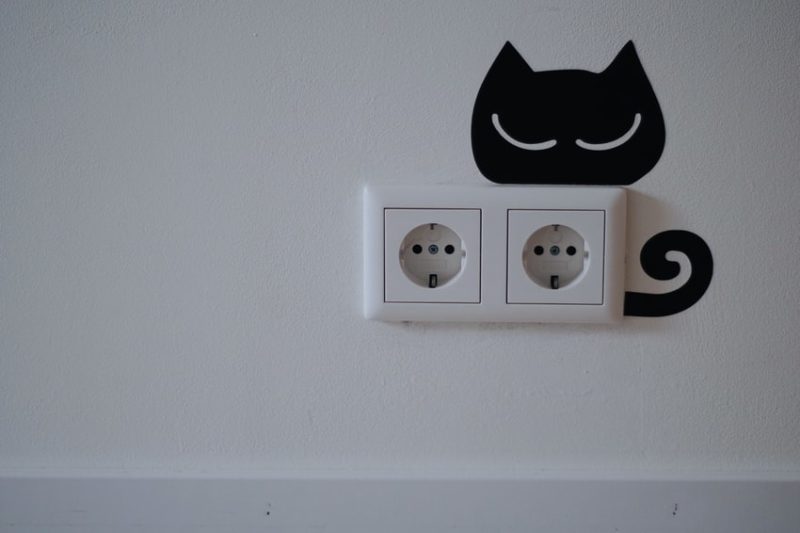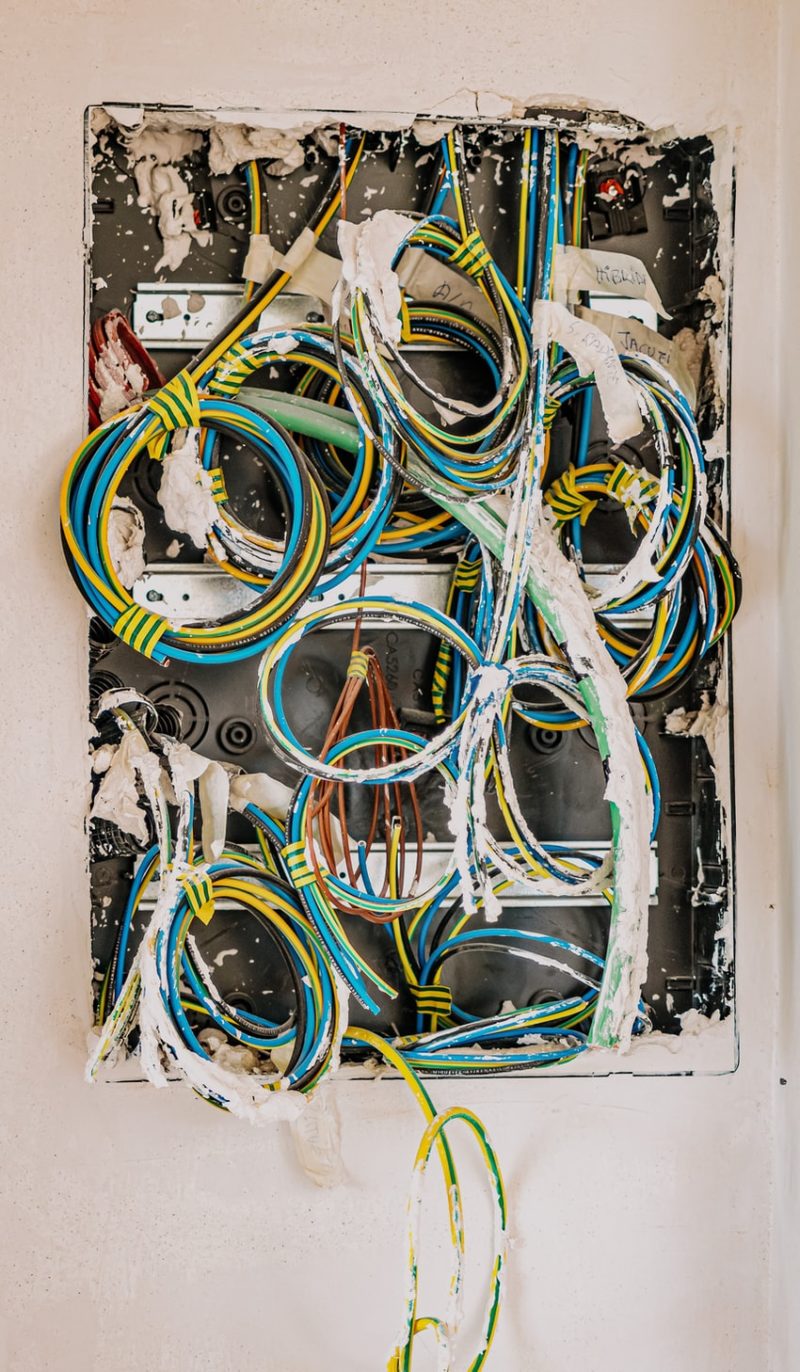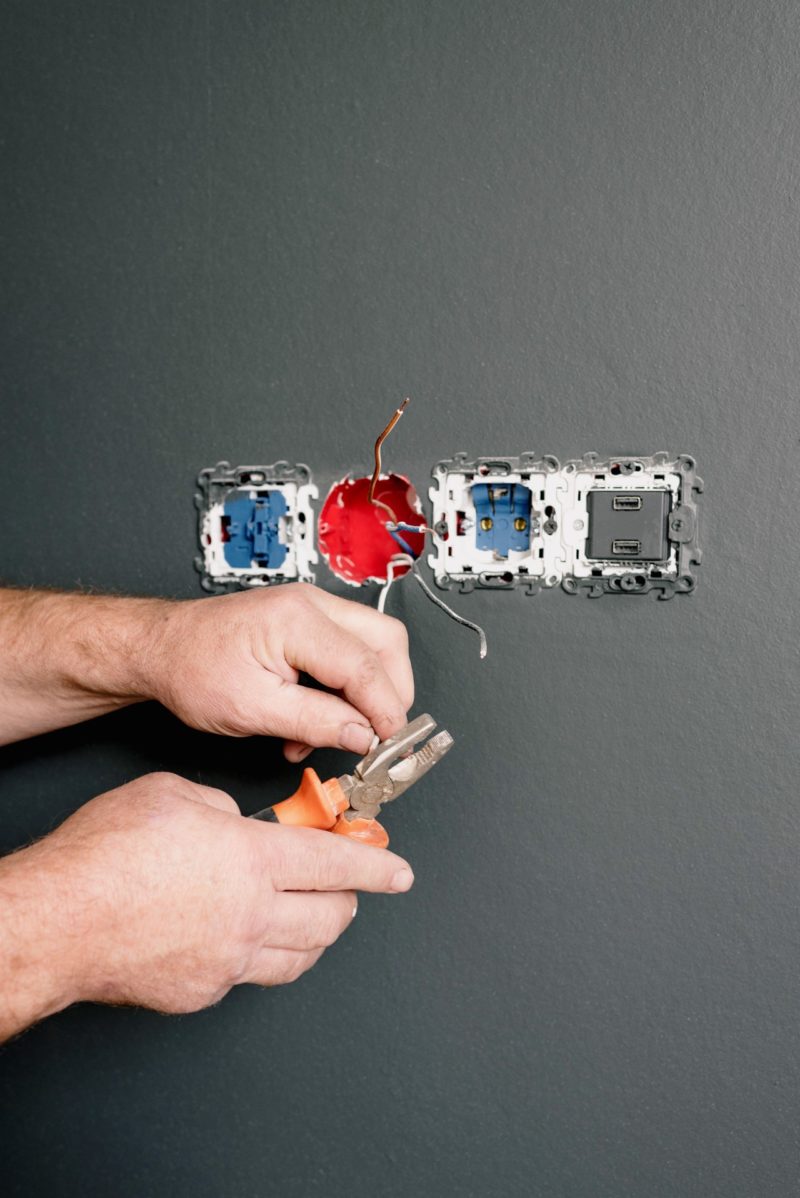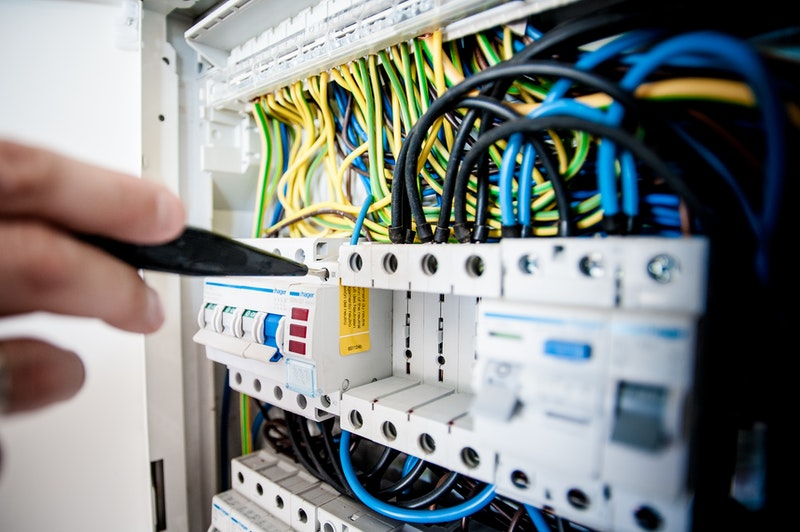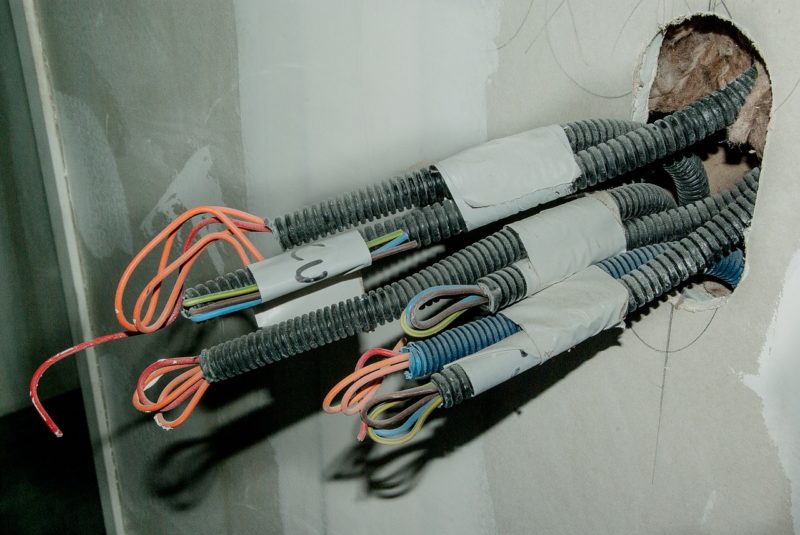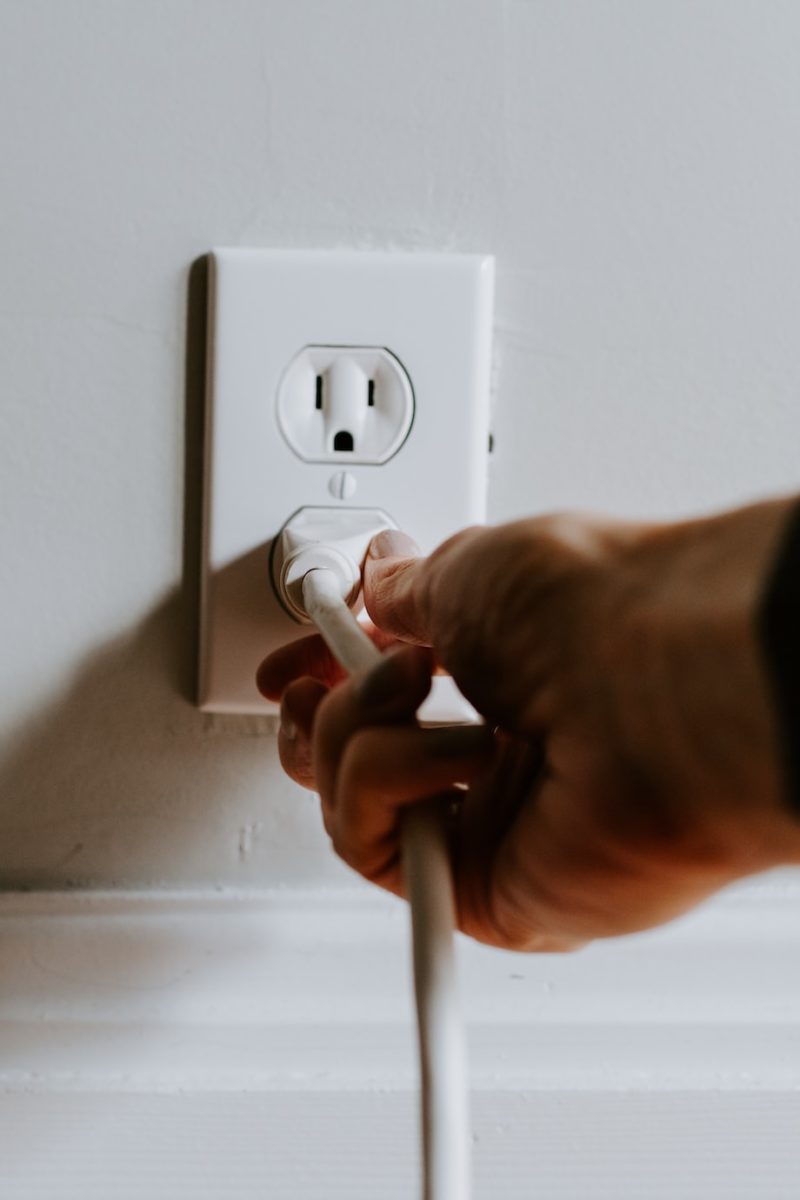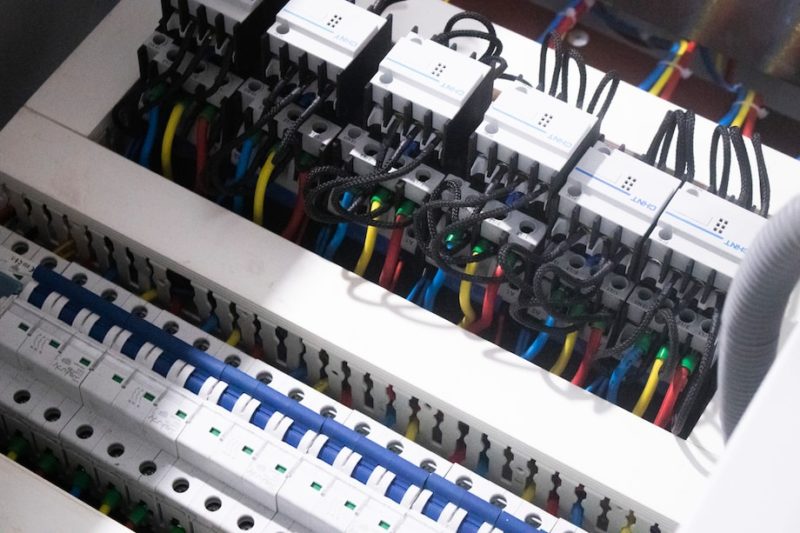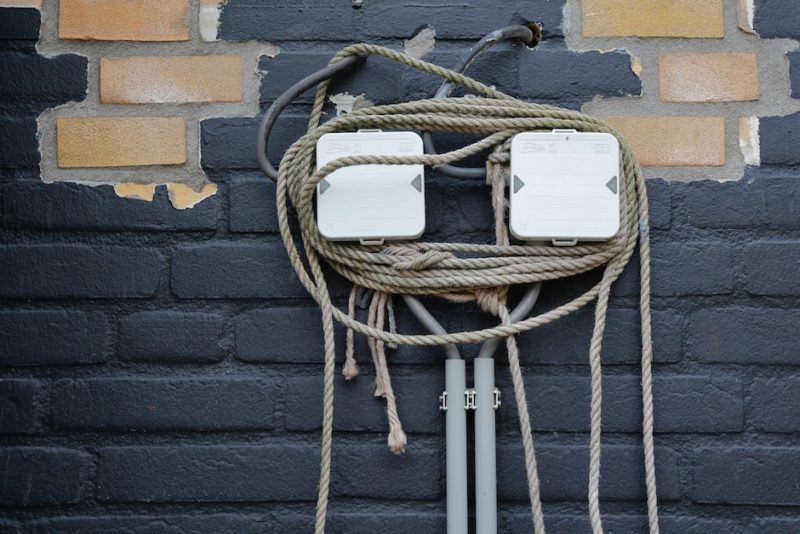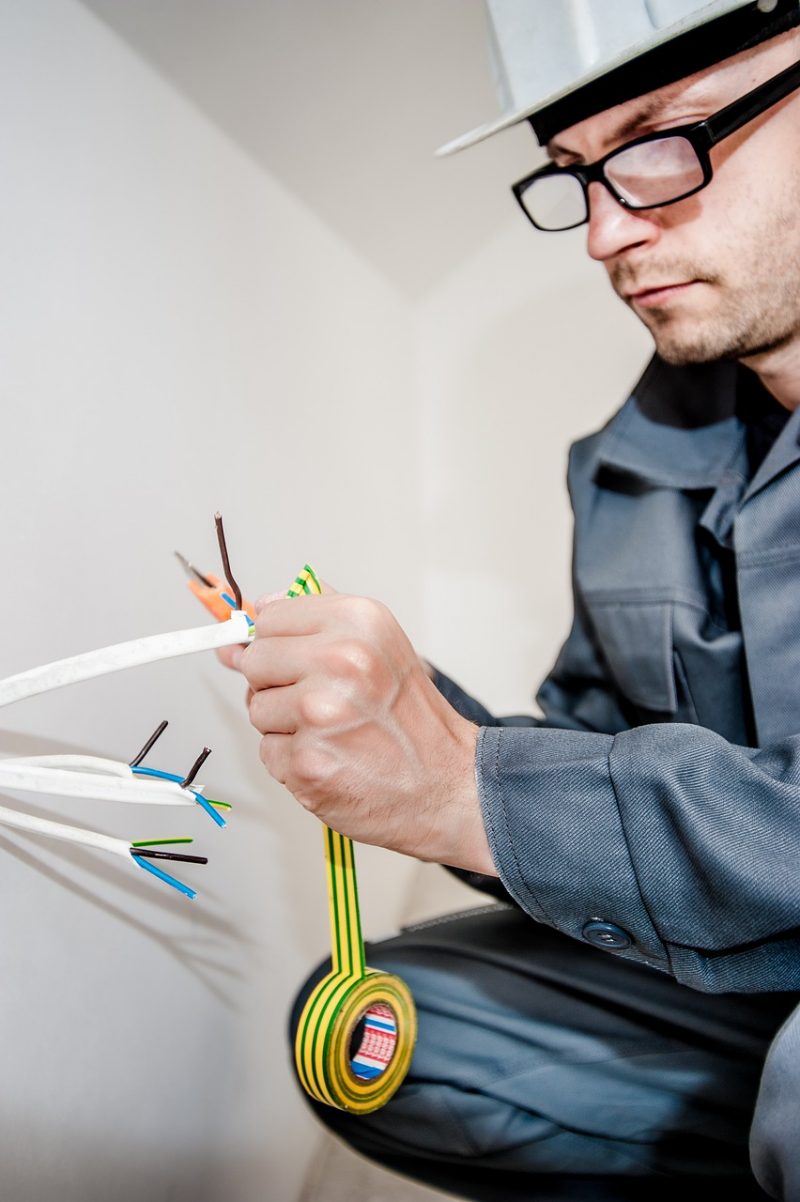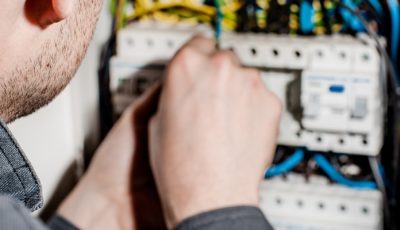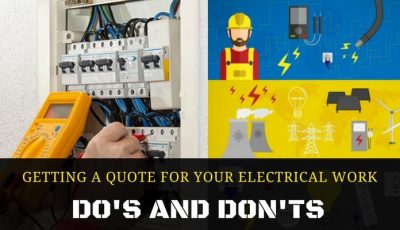Home Design Mistakes That Can Cause Electrical Hazard
The science and art of improving a building’s interior structures are known as interior design. The goal is to create a more visually beautiful and healthier place for those using it. Many tiny details must come together to create the ideal home. A good improvement plan can transform your space by making it better suited to its purpose, including your home’s electrical lines.
However, homeowners can sometimes neglect poorly built electrical lines when making home improvements, causing danger and safety hazards.
In this article, we’ve highlighted common home design mistakes that are likely to generate electrical dangers in your home. Scroll down to learn more.
Common Causes of Electrical Hazard
Every home has frequent electrical errors that might be harmful to the residents. When creating your ideal home, you may be unaware of electrical mistakes and their consequences. You will panic if you begin to live in the house and suffer electrical problems. These issues may arise due to poor electrical work, an inexperienced electrician, or subpar electrical supplies. To save time, electricians may perform improperly when running cables, drilling holes, and nailing up boxes. Other times, this occurs unintentionally. These are some common errors that occur often. These mistakes might endanger safety and result in electrical fires.
Here are some typical home mistakes that can lead to electrical hazards and danger to people.
1. Failure to Support Switches or Receptacles
When a switch or receptacle lacks sufficient support, it tends to shift. The wires may get looser due to the slow, repetitive movement. Once they become loose, the wires can pose a severe fire risk.
Only try to upgrade your electrical system if you want to keep yourself safe. Contact a certified electrician or other electrical repair services in your area, like those offered by electrician ft myers fl, as an alternative.
2. Incomplete or Inaccurate Grounding or Bonding
Your house’s electrical system has to be grounded to be safe. The way a ground wire works is that it directs electrical surges harmlessly into the earth.
Bonding is the process of electrically connecting conductive objects to the system ground. Without this safeguard, you run the risk of short circuits, not tripping the breaker. Many homeowners are unaware of this, but qualified electricians are.
3. Using Cables and Wires of the Wrong Size
The term “gauge” describes a wire’s diameter and the quantity of electricity it can carry. Specific electrical projects require wire of a particular gauge. The connection will overheat, and your breaker will trip if the incorrect gauge is utilised.
4. Inappropriate Outlet and Switch Securing
In addition to being unsightly on the walls of your home, loose outlets and switches pose a significant fire risk. Unsecured outlets and switches can harm electrical connections and cables, perhaps igniting a fire behind the front plate.
5. Overloaded Circuits
Professionals are skilled in determining the electrical load capacity of circuits to prevent overload. On the other hand, amateurs frequently continue adding plugs to a specific circuit even though this is unsafe and may surpass the capacity of ordinary 14-2 wire and 15Amp breakers.
6. Defective Wire Connections
Faulty wire connections are another one of the major electrical faults in homes. They might need to have wire nuts attached or the incorrect conduit fittings, which would prevent them from being waterproof. They are not adequately bonded if they are made of metal. Loose connections can cause electrical shorts and difficult-to-diagnose problems downstream of the electrical connection.
7. Failing to Install a GFCI Outlet
Because they need to be aware of the differences between GFCI outlets and conventional outlets, some homeowners choose not to install GFCI outlets. The purpose of GFCI (ground fault circuit interrupter) outlets is to safeguard you against electric shock. GFCI outlets may trip on their own if they detect overheating and are generally put in places with a lot of moisture, including bathrooms and kitchens. One of the greatest methods to protect your family from electrical risks is to use GFCI outlets.
8. Keeping the Fuse Box Safe
Fuse boxes are less prevalent nowadays than circuit breaker panels, but they still function just fine – unless someone sets fuses with a greater current than the wires can safely withstand. The cables may overheat. As a result, breaking their protective insulation raise the possibility of a fire.
The hazard remains even if the problematic fuse is replaced with the correct amperage. As a remedy, the damaged circuit has to be rewired to be fixed.
9. An Overloaded Junction Box
You must confirm that the junction box can sustain your project, much like when using improper gauge wiring. All boxes are designed to support a certain amount of energy; overloading increases the fire risk. The maximum output and capabilities are frequently stamped on the box; nevertheless, you might need to compute the volume for metal boxes.
10. Absence of a Junction Box
Contrary to what some DIYers might think, a junction box is necessary. They aid in safeguarding the delicate wire connections, ensuring they are not unintentionally harmed. Additionally, the box offers mounting choices and shields live wires from contact with the terminals. An electrician is always the ideal specialist for system maintenance and electrical improvements.
Final Words
A home needs a lot of labor to set up. You must consider several things, such as reducing any potential safety risks that the interiors may provide. If electrical risks occur, they will have serious repercussions.
Our homes are our havens of safety. After a strenuous day, they provide a cozy retreat where we may rest and relax. We frequently become shocked when an incident occurs because we think our homes are the safest locations. We must consider all potential risks while setting up our living quarters and install the necessary safeguards to protect our families and ourselves from them.
That is why you must be well aware of all the present safety hazards and counter them before an unfortunate incident occurs.

